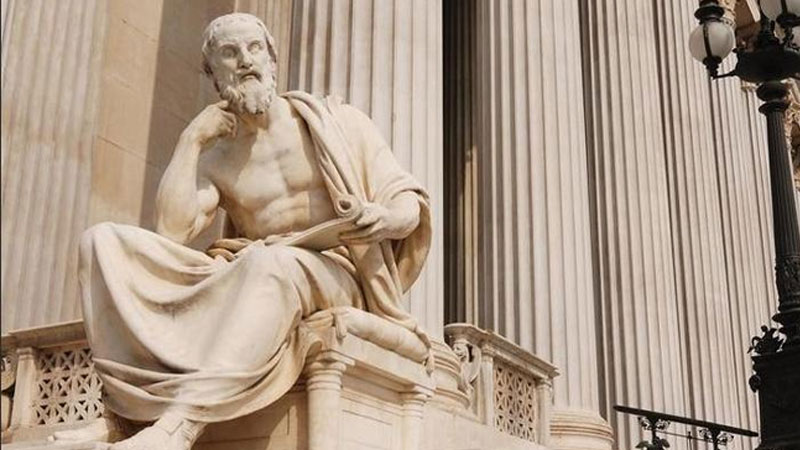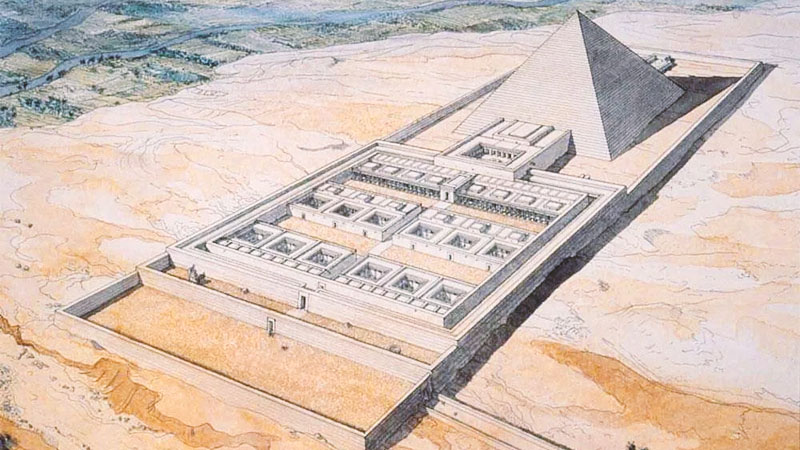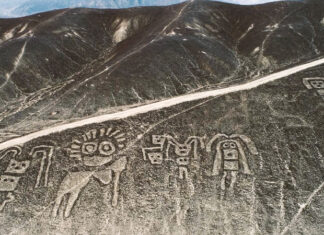Until almost 2,500 years ago, there was a building in Egypt that, according to the words of those who saw it “surpassed the pyramids” and, for thousands of years, the Great Labyrinth of Ancient Egypt remained only as a legend, but now archaeologists are digging up its lost history and the intriguing signs of its real existence.
The Great Labyrinth of Ancient Egypt, according to ancient writings, was a huge building, two stories high and 3,000 different rooms, all incredibly connected by a maze of passages so complex that no visitor could find their way out without a guide.
At the bottom, there was an underground level that served as a tomb for kings, and at the top there was a massive roof made of a single gigantic block of stone.
The Description of Herodotus

Herodotus was a 5th century BC Greek geographer, anthropologist, and historian and, as for many Greeks, Egypt was a land that surprised and inspired admiration.
It was a land of strange customs, plants and animals, as well as an eccentric geography, but, above all, it was a land of prodigious architectural achievements.
Herodotus witnessed many of the Egyptian wonders, including the lost Great Labyrinth, and accurately described it in the second of the nine volumes of his work “Histories”, written between the 450 and 430 BC:
“That I really saw, a work beyond words. For if one put together all the buildings of the Greeks and exposed their works, they would seem smaller, both in effort and in extension, near this labyrinth. Even the pyramids are beyond words, and each of them could be compared to the powerful works of the Greeks. However, the labyrinth surpasses even the pyramids.
It has twelve blocks covered, six in a row facing north, six to the south, the gates on one side are right in front of the gates of the other. Inside, the building is two floors and contains three thousand rooms, half of which are underground and the other half directly above.
I was taken through the rooms of the upper floor, so what I will say of them is from my own observation, but on the underground rooms I can only describe what was reported to me, because the Egyptians responsible refused to let me see them, for these contain the tombs of the kings who built the labyrinth and also the tombs of the sacred crocodiles.
The upper rooms, on the contrary, I actually saw, and it is hard to believe that they are the work of men. The intricate and disconcerting passages from room to room and courtroom to court were an endless wonder to me as we passed from a courtyard to rooms, from rooms to galleries, from galleries to more rooms and from there to even more courtyards.
The roof of each chamber, courtyard and gallery are like stone walls. The walls are covered with carved figures and each courtyard is exquisitely constructed of white marble and surrounded by columns.”
Since Herodotus visited the legendary Great Labyrinth of Ancient Egypt almost 2500 years ago, the building has disappeared in the mists of time and its true location has remained unknown.
The Discovery of Professor Flinders Petrie

With no visible traces, the story of the Great Egyptian Labyrinth was considered simply a legend, passed down for generations, until Egyptologist Flinders Petrie discovered its foundations in the late 1880s, leading experts to suggest the theory that the labyrinth had been dismantled during the reign of Ptolomy II in the 3rd century BC, and used to build the nearby town of Shedyt, in honor of his wife Arsinoe.
In 1888, English professor Sir William Matthew Flinders Petrie believed to have located the true site of the Egyptian labyrinth at the archaeological site of Hawara.
From the labyrinth remained only the original foundations, sufficient to allow the size and orientation of the building to be roughly determined.
The Great Labyrinth would be about 304 meters long and 244 meters wide, being large enough to house the temples of Karnak and Luxor together.

In 2008, archaeologists working on the Mataha Expedition made an impressive discovery under the sands.
When they examined the Hawara area, they found strong evidence of complex chambers and walls several meters thick, below the surface to a considerable depth.
The research team’s findings confirmed that there were archaeological features south of the Pyramid of Amenemhat III in Hawara, also known as the “Black Pyramid” for its dark and decadent appearance, which resembles a pile of rubble.
The examinations showed vertical walls with an average thickness of several meters, which were connected to form a large number of closed rooms.

To this day, no one has ever exqueted or entered the site, and until someone reaches the labyrinth, we will not know for sure if we really find one of the greatest archaeological wonders of Ancient Egypt.
















